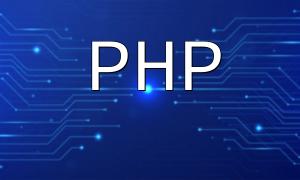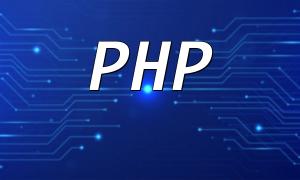PHP is an open-source server-side scripting language widely used in web development. Since its creation by Rasmus Lerdorf in 1995, PHP has evolved continuously, developing many powerful frameworks and rich libraries.
Easy to learn: PHP syntax is straightforward and beginner-friendly, enabling quick mastery of the basics.
Open-source and free: As a free and open-source language, PHP allows users to freely use, modify, and distribute code, greatly contributing to its popularity.
Cross-platform support: PHP runs on Windows, Linux, UNIX, and other operating systems, eliminating compatibility concerns for developers.
Rich frameworks and libraries: Well-known frameworks like Laravel, Symfony, and Yii provide efficient tools for developers, simplifying project construction.
PHP is widely applied in web development, e-commerce, social media, content management systems (CMS), enterprise resource planning (ERP), customer relationship management (CRM), and more.
In website development, PHP supports dynamic webpage generation, e-commerce platforms, blogs, and news portals, improving development speed and reducing costs.
// Output "Hello, World!"
echo "Hello, World!";
Modify the php.ini configuration file to optimize memory limits and execution time, enhancing PHP runtime efficiency.
Improve execution speed and system responsiveness further through code optimization, caching mechanisms, and reducing database queries.
Encapsulation: Encapsulate data and methods within classes to protect data integrity and avoid naming conflicts.
Inheritance: Reuse and extend existing code to improve maintainability and scalability.
Polymorphism: Implement interface polymorphism to write generic code and reduce repetition.
MVC Pattern: Separate concerns by using models to handle data, controllers to process requests, and views to display content, achieving clear code organization.
ORM Technology: Encapsulate database operations within models to reduce the complexity of SQL handling and boost development efficiency.
Namespaces: Manage code effectively and prevent naming collisions.
As a popular programming language, PHP developer roles have promising career prospects with strong market demand.
Regarding salary, PHP developers earn an average wage that is mid-to-upper range in the IT sector, making the profession highly competitive.
The field has great growth potential, with rising demand driven by internet and mobile application expansion.
Additionally, PHP’s low learning curve means beginners can acquire fundamental skills in six months to a year, becoming competent developers.
PHP remains a vital server-side scripting language with extensive functionality and broad applications in web development. By mastering performance tuning, object-oriented programming, and framework design, developers can continuously enhance their skills and unlock broader career opportunities.









